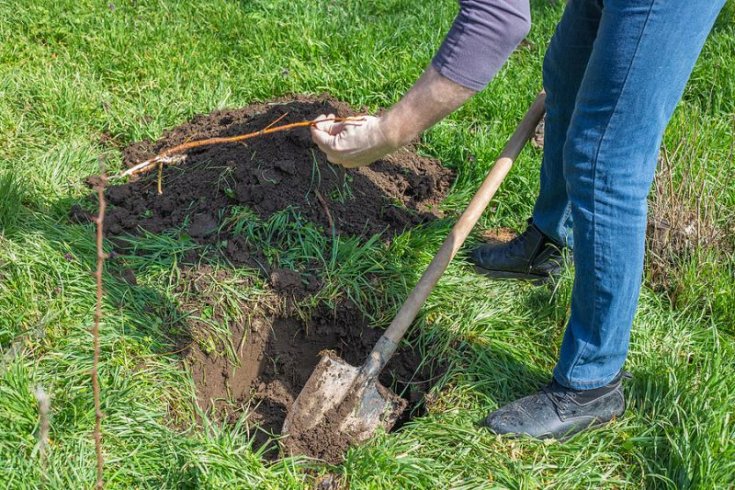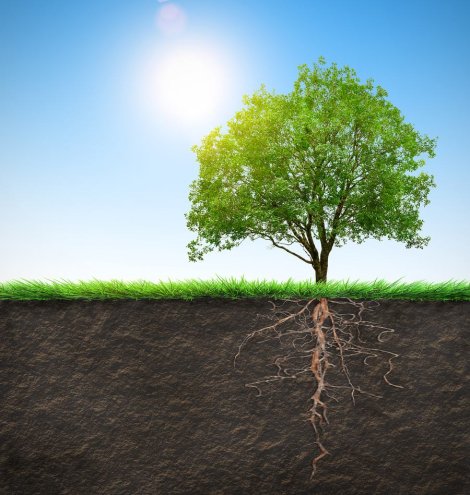Menu
Evergreen trees are known for their lush foliage that remains vibrant throughout the year, providing beauty and stability to our landscapes. However, when those green needles or leaves turn brown, it’s often a sign that something is amiss. At Driscoll Tree Service, we can help you understand this phenomenon, also known as evergreen browning. Let’s explore the common causes of evergreen browning and provide you with practical solutions to restore the vitality of your evergreen trees.


Evergreen trees have developed to maintain their leaves or needles throughout the year, allowing them to photosynthesize and thrive even during the colder months. While they shed the oldest leaves periodically to make way for fresh growth, it is advisable to consult a tree care company when you notice changes. Evergreen browning occurs when an excessive number of leaves, including young ones, turn brown and die prematurely. This can be distressing for tree owners and may signify underlying issues that can cause tree removal. Here are common causes of evergreen browning to look out for.
Winter desiccation is one of the primary culprits behind evergreen browning. During the winter months, when the ground is frozen, evergreen trees can struggle to take up water from the soil. Meanwhile, the dry, cold winds can lead to excessive water loss through transpiration. This water deficit can cause the needles or leaves to desiccate and turn brown.
Consider wrapping young or vulnerable evergreens with burlap or providing windbreaks to combat winter desiccation. In addition, watering the trees during dry winter spells can help maintain their moisture levels.
Evergreens require consistent moisture to stay healthy. Inadequate irrigation can lead to browning, especially during hot and dry periods. Insufficient water supply can stress the tree, causing it to shed needles or leaves as a survival mechanism.
Ensure your evergreens receive regular and deep watering, especially during periods of drought. Apply mulch around the base of the tree to hold soil moisture and reduce evaporation. If you need professional help, hire skillful arborists to handle the heavy lifting.
Various creatures, including deer, rabbits, and rodents, may find evergreen foliage appetizing. Animal damage can lead to browning as these creatures chew on needles or leaves, causing physical harm to the tree.
Implement protective measures such as fencing or repellents to deter animals from nibbling on your evergreens. Regular inspections and care by a reputable tree care company can help detect and address signs of animal activity.
A tree disease is another potential cause of evergreen browning. Fungal pathogens or bacterial infections can attack the foliage, leading to discoloration and dieback. Severe deterioration can cause irreversible damage, prompting tree removal.
If you suspect a disease is affecting your evergreens, consult a professional tree service provider. We can diagnose the issue and recommend proper solutions, which may include pruning affected branches or applying fungicides.
Now that we’ve identified some common causes of evergreen browning, let’s explore ways to remedy this problem and restore your trees to their former glory.
Mulching is a beneficial practice for retaining soil moisture, regulating temperature, and reducing weed competition. Apply a layer of organic mulch, such as wood chips or shredded bark, around the base of your evergreen trees. Make sure the mulch does not directly touch the trunk to prevent rot.
Monitor your evergreens’ water needs carefully. Water deeply and consistently, especially during dry spells. Use a soaker hose or drip irrigation system to ensure even moisture distribution, and be mindful not to overwater, as this can also harm the tree.
Regularly feed your evergreens with a balanced, slow-release fertilizer designed for trees and shrubs. Fertilizing can enhance the tree’s overall health and resilience, reducing its susceptibility to browning.
If animal damage is a recurring issue, consider installing physical barriers like fencing or employing humane pest control methods. For diseases, consult with a local arborist or extension service to identify the specific pathogen and receive treatment recommendations.
Evergreen browning is a distressing issue, but with proper care and attention, a tree service expert can rejuvenate your trees and restore their lushness. Contact us at the Driscoll Tree Service and schedule a consultation with our arborists.

How Tree Roots Damaging Your Pipes Trees are attractive elements in your garden that provide shade and enhance the beauty of your space. However, the giant trees can cause problems to your property’s foundation and plumbing system. These roots are…
Read More
Planting Trees Properly Planting a tree is a rewarding and environmentally conscious act. However, following the proper planting techniques is essential to ensure its long-term health and growth. Here’s a helpful guide through planting a tree. As a professional and…
Read More
Will Pruning a Diseased Tree Help It Survive? Detecting signs of deterioration in your trees can be quite frustrating, especially if irreversible. Luckily, scheduling routine maintenance inspections with a professional tree care company helps detect trivial signs of infection or…
Read More
What Are Hidden Underground Hazards? Underground hazards are often overlooked, yet they pose significant risks to public safety, infrastructure, and the environment. These hazards range from natural occurrences to human-made dangers, and knowing them is crucial for any property owner.…
Read More
Learn About Hiring Forestry Mulching Services Forestry mulching is the ultimate win-win for nature enthusiasts, landowners, and anyone looking to responsibly manage overgrown vegetation. This innovative process transforms trees, bushes, vines, and other plants into valuable mulch that not only…
Read More
How to Care for Newly Planted Trees Trees are beautiful ornaments for any property, but they are more than decoration. They purify our air, offer us shade, and even provide fruit. Trees grow naturally out of the ground, but if…
Read More
5 Bad Pruning Examples Tree pruning and trimming are vital for maintaining a healthy and aesthetically appealing yard. Proper tree care ensures robust growth, a sturdy structure, and a beautiful shape. However, improper pruning can cause serious issues such as…
Read More
Different Types of Trees Should Be Trimmed at Different Times Towering, intricate, and surprisingly sensitive, trees are among the most impressive living things on Earth. For Metro Atlanta property owners, trees are a central part of the landscape. These functional,…
Read More
Benefits of Trees Did you know trees cover nearly 40% of the country? Despite trees' many benefits, they are often overlooked and may not receive proper care. At Driscoll Tree Service, we appreciate the role of trees in the ecosystem…
Read More
Should You Worry About Lichen on Trees? Lichens are fascinating and often misunderstood. When homeowners notice these growths on the bark of trees, it raises concerns about the health of their yard. If you notice lichens on your trees, consult…
Read More